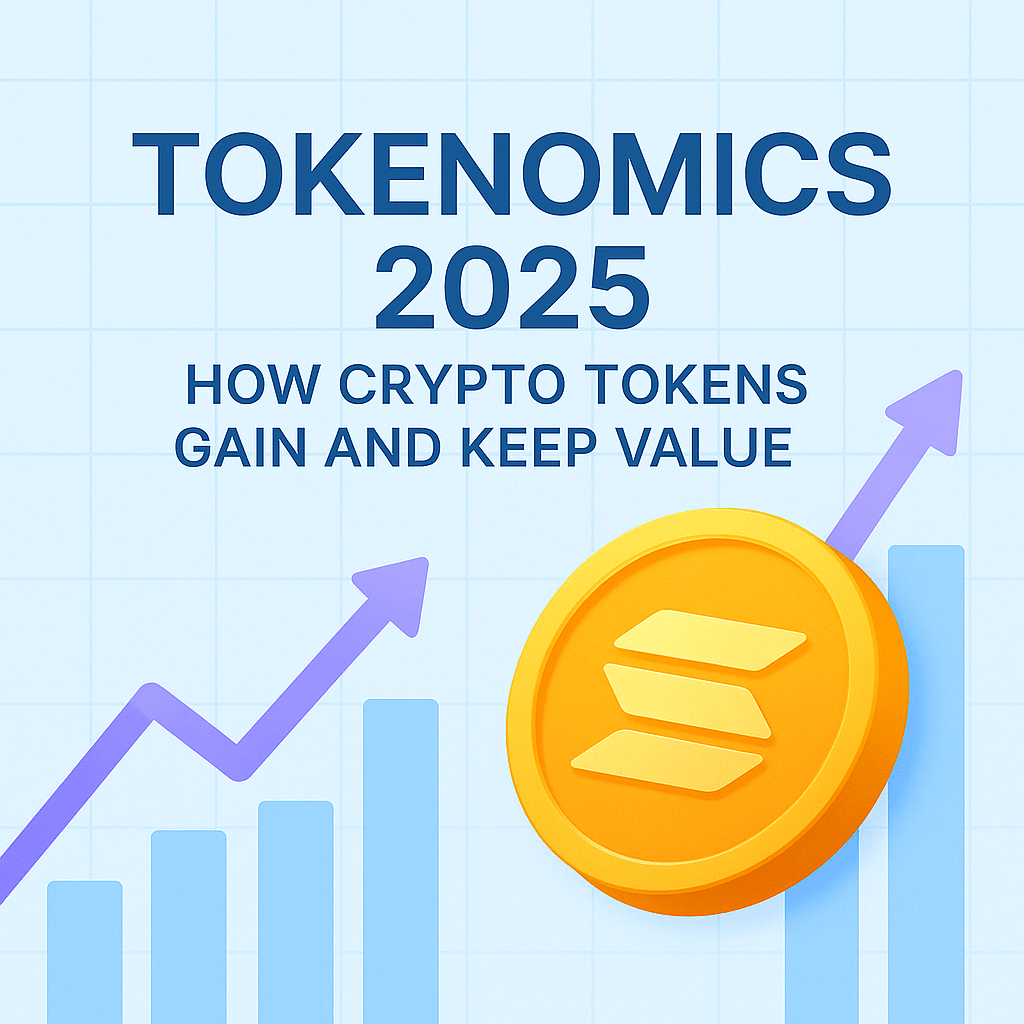Tokenomics, a portmanteau of “token” and “economics,” refers to the economic system behind cryptocurrencies and blockchain-based assets. As the crypto market matures in 2025, understanding tokenomics has become essential for evaluating the long-term viability and profitability of blockchain projects. Whether you’re an investor, developer, or enthusiast, tokenomics is the backbone of decentralized ecosystems.
What Is Tokenomics?
Tokenomics encompasses how a token is created, distributed, used, and burned (or removed from circulation). It defines a token’s supply model, utility, governance rights, incentives for holders, and mechanisms for sustaining its value. In short, tokenomics determines the internal economy of a blockchain protocol.
Key Components of Tokenomics
1. Token Supply
There are two major supply models:
- Fixed Supply (Deflationary): Bitcoin is the prime example, with a capped 21 million token limit. Scarcity often drives value.
- Inflationary Supply: Some tokens (like Ethereum post-merge) adjust supply to maintain functionality and incentive alignment.
2. Token Utility
The usefulness of a token directly affects demand:
- Governance: Holders vote on protocol changes (e.g., UNI, AAVE).
- Payments: Tokens used for fees or services (e.g., SOL, ETH).
- Staking/Yield Farming: Earn rewards by locking up tokens.
- Access Rights: Some tokens grant access to platforms or features.
3. Distribution Models
How tokens are initially and continually distributed can influence decentralization and price stability.
- Fair Launch: No pre-mine or early access; open to all.
- IDO/ICO/VC Allocations: Early token allocations to insiders or institutions can affect long-term value perception.
4. Burning Mechanisms
Tokens may be permanently removed to control supply and drive scarcity. Examples include Ethereum’s EIP-1559 and BNB’s quarterly burns.
5. Incentive Design
Good tokenomics ensures that users, developers, and investors are all motivated to support the ecosystem. Misaligned incentives can lead to user drop-off or token dumping.
2025 Tokenomics Trends
1. Sustainable Yield Models
Projects are moving away from unsustainable, high-APY models and toward revenue-sharing and protocol fee distribution.
2. Modular Tokenomics
Protocols are increasingly designing multiple tokens: one for governance, one for utility, and others for specific ecosystems (e.g., stablecoins).
3. Tokenomics as a Service (TaaS)
Startups now use third-party services to model and simulate token economies before launch.
4. Legal-Driven Design
Regulators are cracking down on securities-like tokens. Projects now incorporate compliance-friendly tokenomics with governance minimization or clear utility.
5. Interoperability and Multi-Chain Tokens
Tokens are designed to work seamlessly across multiple chains using bridges and wrapped formats (e.g., wETH, stETH, USDC).
How to Evaluate a Token’s Economics
Before investing or building on a token, analyze the following:
- Whitepaper and token distribution
- Inflation rate and vesting schedules
- Team and investor lockups
- Burn and buyback mechanisms
- Actual use cases and user demand
Smart investors look beyond hype and study token design and flow charts, treasury policies, and roadmap alignment.
Conclusion
In 2025, tokenomics is no longer a buzzword but a foundational metric for evaluating any crypto project. A well-designed token economy can drive sustainable growth, community alignment, and long-term value. Whether you’re launching a project or diversifying your portfolio, understanding tokenomics is critical in navigating the evolving landscape of decentralized finance and Web3.
